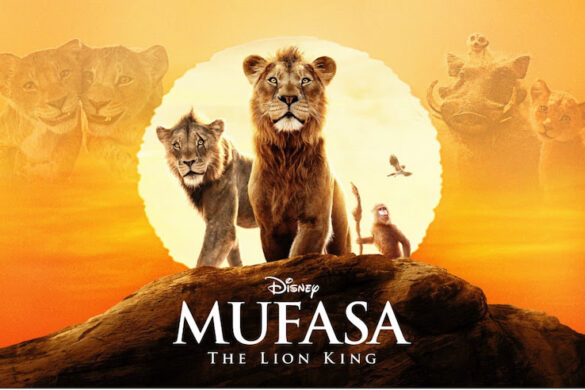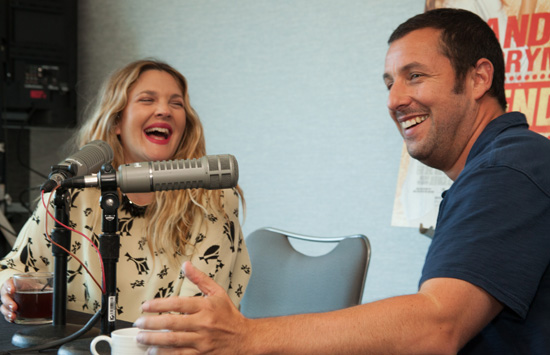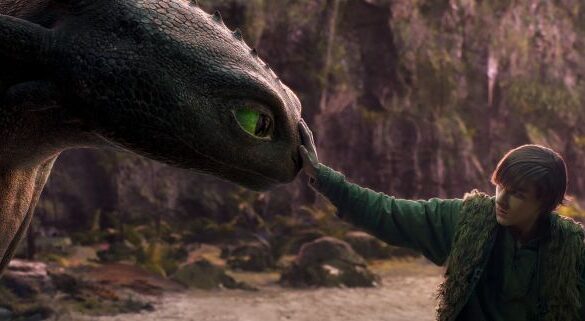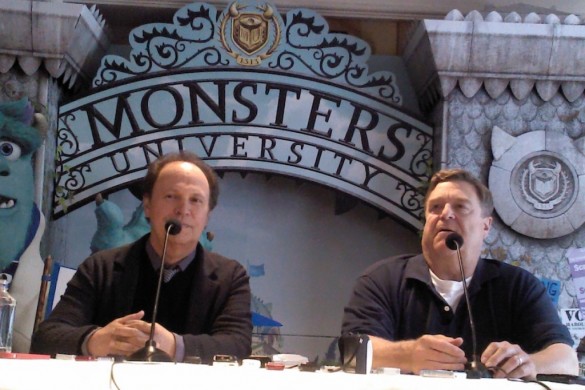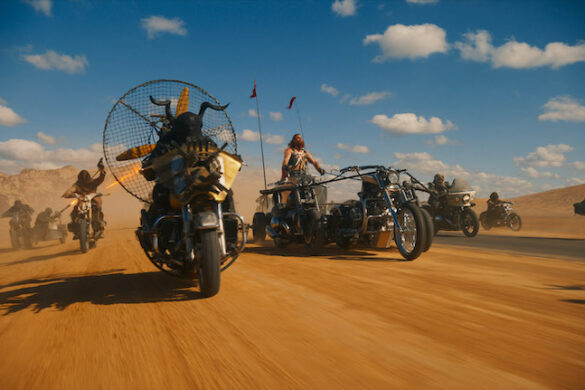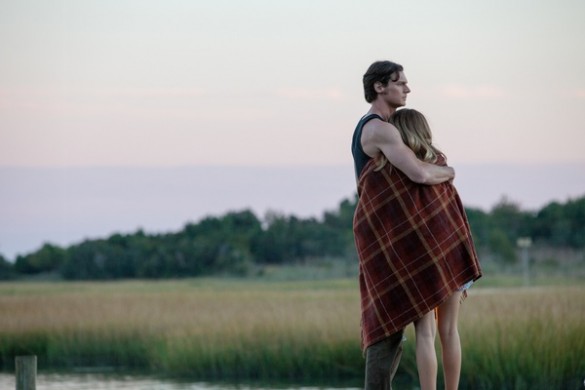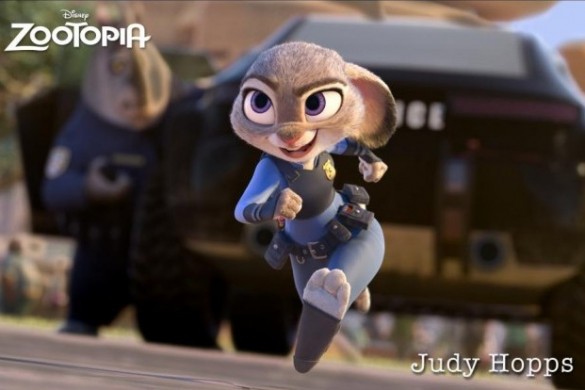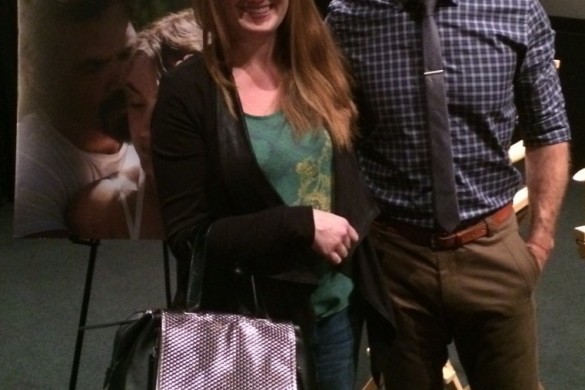Digital Download and On-Demand NOW!

From Legendary Academy Award®-winning motion picture director/producer Steven Spielberg, this critically acclaimed and Academy Award®-nominated epic adventure tells the story of the extraordinary journey of courage and friendship as seen through the eyes of one unforgettable horse named Joey, and his miraculous journey to find his way back home.
AN INTERVIEW WITH STEVEN SPIELBERG FOR THE BLU-RAY COMBO PACK AND DVD RELEASE OF WAR HORSE
Steven Spielberg is one of the movie industry’s most successful and influential filmmakers, as well as a principal partner of DreamWorks Studios. He is the top-grossing director of all time, having helmed blockbusters including Jaws, E.T.: The Extra-Terrestrial, the Indiana Jones franchise and Jurassic Park.
For his most recent project, the three-time Academy Award® winner traveled to England to shoot the wartime movie, War Horse, which is soon to be released on Blu-ray Combo Pack and DVD. We sat down for a chat with the distinguished director to discover what attracted him to the epic project, which has already been a highly popular play and a hugely successful novel…
It’s very rare that a project is successful as a novel, as a play and as a movie – but War Horse is all three. Why do you think the story is so versatile?
The bones of the story of War Horse is a love story. That’s what makes it universal. It was that way in the book and it was certainly that way on the boards in the West End of London. That’s also what we hoped to create with our movie adaptation.
What makes War Horse unique?
I don’t often mix my metaphors, so what makes this movie unique is the fact that it’s a story of love and a story of war. This isn’t a typical war film. This is
not Saving Private Ryan. This isn’t Band Of Brothers. If you really look at this movie, there are only 12 to 15 minutes of combat from the cavalry charge to the fighting in the Somme. I wanted families to see this picture together. That’s why there’s hardly any blood in this movie.
What do you think younger audiences will learn from watching the movie?
Children learn exponentially from media today, so we felt responsible for there to be truth in the history of the first World War in our adaptation. We did a lot of research and the thing that really struck me was the vast number of casualties among the horses. It wasn’t just the men who died on the American, British, French and German side – but there was a huge number of casualties among the horses, too. I think kids will be interested to learn that this was the era where the machine – the tank, the airplane and even chemical warfare – all converged. It was almost like an experimental war. It was the war to end all wars. At least, that’s what they thought back then.
Why do you have such a fondness of telling historical stories?
I love history. To be honest, it was the only subject I did well at in school. I’m not ashamed to admit I was not a good student, but I was great at history. My dad fought in World War II and he turned 95 in 2012. He was based in Karachi, which is now Pakistan, and he fought in Burma against the Japanese – and I used to love it when he told me war stories. I grew up hearing them. My first 8- millimeter movies when I was 13, 14 and 15 years old were mostly about war. They were mostly World War II movies. Another point to add is that war throws characters into chaos. There’s no better way to test a person than to put them in the middle of a war. That’s clearly going to show what kind of a character you’re telling a story about.
What made the young actor Jeremy Irvine – who plays Albert Norcross in the movie – stand out during the casting process for War Horse?
I looked at hundreds of potential Alberts, but Jeremy Irvine stood out because he had an ineffable quality that certain stars have – or certain exceptional people have – that makes them stand out and rise above the rest. I looked at hundreds of very interesting actors and newcomers, but nobody had the heart or the spirit or the communication skills that Jeremy had. He possessed those qualities even in silence, even without speaking. Jeremy tested five times and he got better and better. I’m very accustomed to working with actors who have no experience. You can look back at E.T. with Drew Barrymore and Christian Bale in Empire Of The Sun to see that. They had never made a movie before, but I see a very similar career in store for Jeremy.
What is the appeal of newcomers?
Often what happens is you get a newcomer in front of the camera and they freeze up or they imitate actors and other performances they’ve admired and
they stop becoming themselves. My job as a director is always to return them to what I first saw in them, which was simply an uncensored human being. I really trust the authenticity of real people and my job is to get them to be themselves in front of the camera.
The movie doesn’t shy away from the fact that many horses suffered during World War I. How did you manage to portray this without harming any animals?
Nothing was ever done to the horses to put them under any stress. That was very, very important to all of us. Bobby Lovgren is the name of the man who trained the horses and guarded the horses – and it was incredibly important to him to keep them safe and protected. We also had a woman from the Humane Society on set every single shooting day. When I first met Barbara, I said to her, “You’ve got the power over me.” She replied, “What do you mean?” I said, “If you ever see an animal under any kind of duress, you can say ‘Cut.’” I gave her the chance to stop a take or to even stop a take from even being taken.
There is a glorious old-fashioned feel to War Horse. Did you dip into childhood memories of directing heroes like John Ford when you were making the movie?
Yes, of course. My heroes are John Ford, Howard Hawks, Raoul Walsh, David Lean, Lewis Milestone, Victor Fleming, Michael Curtiz – and many more than that, too. It goes beyond American directors because this is a very British film, so I was incredibly inspired by Britain. At the same time, the works of John Ford in How Green Was My Valley and The Quiet Man were very evocative. He painted beautiful landscapes and he included the land as part of his storytelling, so how could we not include Devon and Dartmoor in this picture? The land was a character itself and in a sense, that’s what a lot of the old directors did – they featured the land they were standing on. It’s fun when you get to put on a wide-angle lens and not just shoot close ups for an entire movie.
Scarcely has the English landscape looked so great on film. What were your initial reactions to the movie shoot locations in Devon and Castle Combe?
Castle Combe looks like Hollywood built it. It doesn’t look real, but it’s beautiful, it’s very authentic and it’s very old. The Devon location has some of the most natural wonders in all of England with its beautiful tors. The tors are built up in a very unusual way and I’ve only seen something like this one other time in my life – and that was in New Zealand. There’s nothing in the world like the landscapes of Devon. We couldn’t believe our eyes.
The English weather is notoriously unpredictable. Did you use any digital manipulation to depict the glorious skies in the movie?
People often tell me how much they love the digital skies that we obviously painted for War Horse. Well, there’s not a single sky that we put in through special effects. The skies you see in the movie are the skies that we experienced – but it was definitely challenging at times. It took three days to shoot the spectacular sunset at the end of the movie because the sun goes down awfully fast in Devon. We had to come back again and again to get matching skies to make that whole sequence work, but it was all worth it.
The music has a huge emotional impact in War Horse. Can you talk about your work with the movie’s composer, John Williams?
John and I have had a 40-year relationship. We started working together in 1972 on Sugarland Express and he is the most important collaborator I’ve ever had in my career. He’s made me look good. He’s made my films look better. I get a lot of credit that really should be going to John.
Do you tend to work with the same creative teams over and over again?
I do, and they now feel like family. [War Horse producer] Kathleen Kennedy has been with me since 1978. My cinematographer, Janusz Kaminski, has made every movie with me since Schindler’s List. Michael Kahn has cut every motion picture I’ve directed since 1976 when we made Close Encounters together. Rick Carter has worked as a production designer on 15 of my directed films. I really believe in the family of collaboration and so John Williams is certainly no less or no more important than the entire group of all of us. However, Johnny does make a contribution that goes right to your heart. A lot of the contributions of my other collaborators are subliminal. You don’t really single them out for credit – although without them, some of the films wouldn’t have the impact that they have. John certainly has the most considerable impact because his music immediately bypasses the brain. It goes right to your heart. That’s the way it’s always been with him. He’s an amazing talent.
Your portfolio of movies is incredibly diverse. What is your decision process when you choose a new script?
I’m not sure I choose my movies; they choose me. I know that might sound glib, but it’s true. I don’t go through a torturous intellectual process to decide what to direct. I know when I want to direct the second I read something or the second I hear a story. When it grabs me in a certain way, I know I want to direct it.
Do you think of your children when you choose a new project?
It’s interesting you ask this question because my daughter Destry had a lot to do with me directing War Horse. She’s in her teens and she’s been competitively riding for around 11 years – but even before I went to see the play, she said to me, “You have to make War Horse. You have to make it for me.” So I did.
Are you familiar with horses? Do you ride?
We have 10 horses at home, and we’ve been living with horses for almost 18 years. In fact, my wife rides dressage – and that’s another reason to qualify me to direct War Horse because I know horses that way. I don’t ride, but I certainly know how to muck a stable.
WAR HORSE FACTS
With the Blu-ray Combo Pack and DVD of Steven Spielberg’s epic adventure War Horse about to be released, we step back in time to uncover some facts about the history of horses in war…
ANCIENT TIMES…
Horses have been used in combat for many centuries. Ancient empires used horses to carry soldiers and pull chariots, making armies mobile in some of the harshest climates in the world – but their uses do not stop there… Horses have also been utilized to supply transport for artillery, as well as for scouting and reconnaissance missions.
THE EARLY DAYS…
In Ancient Persia, both the horses and their riders were heavily armored for combat. Regular horses were too weak to tackle warfare in this way, which led to the empire breeding a heavier, more muscled horse that was capable of carrying the additional weight.
THE MIDDLE AGES…
Perhaps the most familiar images of armored soldiers on horseback date back to the Middle Ages when medieval knights in shining armor galloped around Europe. History suggests that the invention of gunpowder led to the eventual decline of the medieval knight.
GAME ON…
During this medieval time period, the popular game of jousting was created. Jousting was utilized both as a sport and to provide training for battle. The game allowed the soldiers to practice their horsemanship skills as well as highlight their prowess with the use of a lance, the weapon of choice on horseback in the Middle Ages.
WASHINGTON TAKES CHARGE….
In 1776, General George Washington helped establish the first mounted cavalry unit for the American Revolutionary War. The conflict took place between 1775 and 1783, which is a time period when the word ‘dragoon’ referred to mounted infantry.
THE U.S. CIVIL WAR…
Cavalry as an arm of the U.S. Army was firmly established by the American Civil War. The army’s ‘dragoon’ regiments were designated as ‘cavalry’ shortly before the start of the conflict. It’s estimated that the Union army utilized more than 825,000 horses in the war.
TRAVELLER AND LITTLE SORREL…
One of the most famous horses from the American Civil War is General Robert E. Lee’s horse, Traveller. The horse was originally named Jefferson Davis when he was born in 1857, but Lee renamed him in 1862. Although Traveller was Lee’s most famous horse, he was not the only animal the General rode. His other horses were named Lucy Long, Richmond, Brown Roan and Ajax.
MODERN WARFARE…
World War I and World War II were not the only modern conflicts that utilized horses. Thousands of wild horses were captured in America and shipped
overseas for The Boer War in South Africa, which raged from 1899 to 1902. Figures suggest that more than 500,000 horses died during the course of the war.
WORLD WAR I…
The epic Steven Spielberg movie War Horse depicts the use of horses in World War I, which was one of the last conflicts to use armed cavalry during combat. After World War I, most conflicts were heavily mechanized with tanks, air strikes and modern artillery methods.
THE ROLE OF HORSES IN WORLD WAR I…
Not only were horses used in combat on the front line in World War I, but they were also used to transport wounded soldiers, supplies and artillery. In addition to this, they were also utilized for reconnaissance purposes and to carry messengers throughout the war effort.
A LOT OF HARD WORK…
It’s estimated that war horses shifted millions of tons of rations and ammunitions to the front line during World War I. They were also utilized to bring back the wounded on stretchers placed on carriages. Sadly, this led to many animals being caught up in mustard gas attacks or injured on barbed wire placed in front of the trenches. Many horses were left incapacitated in No Man’s Land.
THE DECLINE OF THE WAR HORSE…
The development of mechanized warfare methods, such as tanks, led to the decline of the use of horses during combat. The vulnerability of horses to modern machine gun and artillery fire reduced their usefulness on the battlefield, although they were far better than tanks at traveling over rough terrain and through deep mud.
TRAINING DAY…
War horses used in combat during World War I required a significant amount of training. Horses needed to be able to handle the sound of noisy weapons firing around them – as well as the general confusion of battle – without panicking. Other training methods involved the ability to be easily controlled with limited use of the reins. Why? So that the rider’s hands were free to wield a weapon.
WORLD WAR II
Although most images of World War II portray graphic pictures of tank convoys charging through enemy territory, as well as planes launching bombs from overhead, almost all countries still used horses during the conflict. The U.S., U.K., France, Germany, Poland, Italy and Hungary were among the countries that continued to utilize animals for the transportation of troops and supplies, as well as for scouting. Slowly, horse cavalry began to be phased out in favor of tank warfare.
THE SAD LOSS…
Despite the decline in the use of horses during combat, they were many equine casualties during the two world wars. Figures estimate that around one million horses were sent to help the war effort during World War I. Sadly, it’s believed that only 62,000 war horses returned. This is the often forgotten tragedy of the First World War.
THE MOVIE…
DreamWorks Pictures’ War Horse is a tale of loyalty, hope and tenacity set in Europe during World War I. War Horse begins with the bond between a horse named Joey and a young man called Albert, who tames and trains him. When they are forcefully parted, the film follows the extraordinary journey of the horse as he moves through the war, changing and inspiring the lives of all those he meets before the story reaches its emotional climax in the heart of No Man’s Land. War Horse will be released on Blu-ray Combo Pack and DVD.

